10 Best Herbal Baths For Edema

Herbal baths for edema involve the use of specific herbs known for their diuretic and anti-inflammatory properties to help reduce swelling and improve circulation.
Commonly used herbs include lavender, eucalyptus, chamomile, and nettle, which can be added to warm water to create a soothing and therapeutic bath. These baths work by promoting lymphatic drainage and reducing fluid retention, making them a natural alternative to conventional treatments. Regular use of herbal baths can provide relief from mild to moderate edema, particularly in the legs and ankles.
However, it is important to consult with a healthcare provider before using herbal baths, especially for individuals with underlying health conditions or those taking medications.
FREE Herb Drying Checklist
How to make sure every batch retains maximum flavor, color, and aroma without the risk of mold or over-drying. Eliminate guesswork and trial-and-error, making herb drying faster, easier, and more efficient every time.
Table of Contents
1. Urtica dioica

Urtica dioica, commonly known as stinging nettle, has been traditionally used in herbal baths to alleviate symptoms of edema due to its anti-inflammatory and diuretic properties.
When infused into bath water, the compounds in stinging nettle, such as silica and potassium, may help reduce swelling and promote the removal of excess fluids from the body. These baths are believed to improve circulation and support the body’s natural detoxification processes. However, it is important to ensure that the nettle is properly prepared to avoid skin irritation, as the plant contains chemicals that can cause a stinging sensation.
While herbal baths with Urtica dioica may offer some relief for edema, they should not replace medical treatment and should be used under the guidance of a healthcare professional.
2. Achillea millefolium

Achillea millefolium, commonly known as yarrow, has been traditionally used in herbal baths to help reduce edema due to its anti-inflammatory and circulatory-stimulating properties.
When infused into bath water, yarrow can promote improved blood flow and lymphatic drainage, which may assist in reducing swelling in the limbs. The essential oils and compounds in yarrow, such as chamazulene and azulene, have soothing effects that can alleviate discomfort associated with edema. To prepare a yarrow bath, steep a handful of dried yarrow flowers in boiling water for 15-20 minutes, then add the infusion to warm bath water.
While herbal baths can be a complementary approach to managing edema, they should not replace medical advice or treatment, especially for chronic or severe cases.
3. Rosa canina
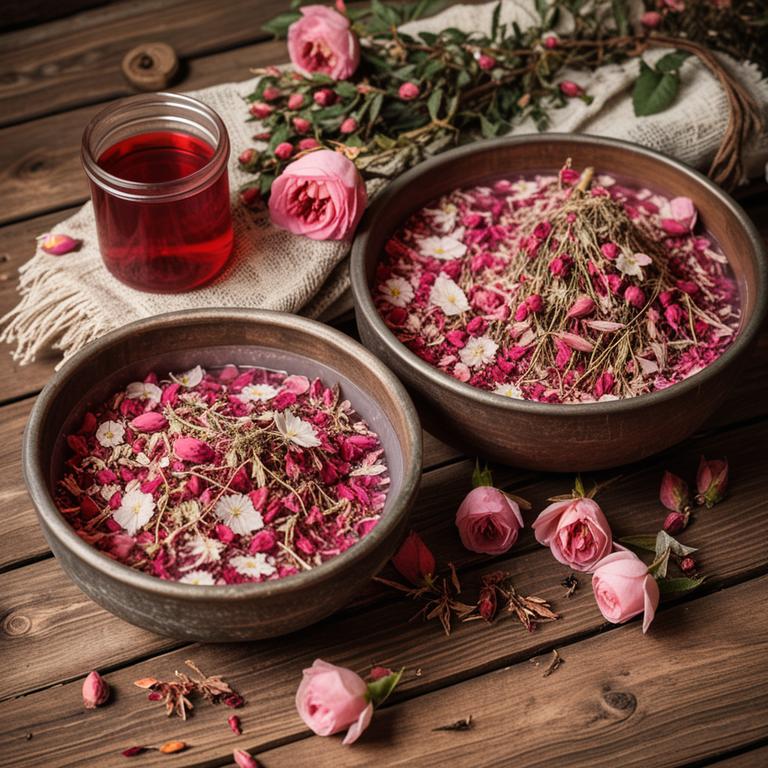
Rosa canina, also known as rosehip, is a traditional herbal remedy that has been used for centuries to support overall health, including the management of edema.
The oil extracted from Rosa canina fruits is rich in essential fatty acids, antioxidants, and vitamins, which can help reduce inflammation and improve circulation. When used in herbal baths, Rosa canina can promote the reduction of fluid retention and swelling by enhancing lymphatic drainage and skin tone. These baths are often recommended for individuals with mild to moderate edema, particularly in the lower limbs, as a natural and soothing alternative to conventional treatments.
Regular use of Rosa canina herbal baths may contribute to long-term improvements in skin health and fluid balance in the body.
4. Cnicus benedictus
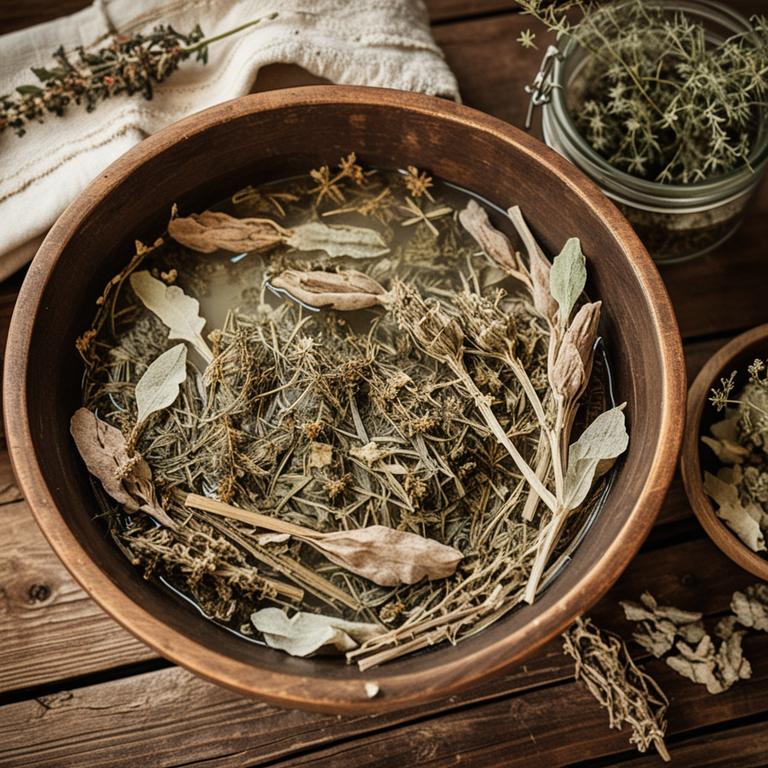
Cnicus benedictus, also known as blessed thistle, has been traditionally used in herbal baths to alleviate symptoms of edema due to its purported anti-inflammatory and diuretic properties.
When infused into bathwater, the plant's compounds may help reduce fluid retention and swelling by promoting the elimination of excess fluids from the body. The mild warmth of the bath enhances the absorption of the herbal compounds through the skin, potentially offering a soothing and therapeutic effect. While scientific evidence supporting its efficacy for edema is limited, many individuals use blessed thistle baths as a complementary therapy alongside conventional treatments.
As with any herbal remedy, it is advisable to consult a healthcare professional before incorporating it into a treatment regimen, especially for those with existing medical conditions or on medication.
5. Silybum marianum
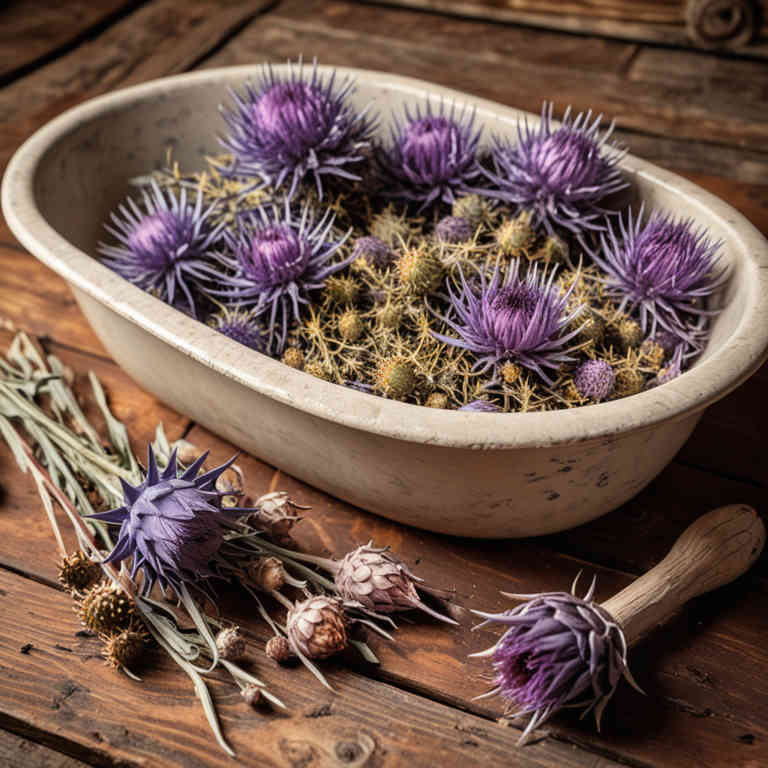
Silybum marianum, also known as milk thistle, is traditionally used in herbal baths to help alleviate symptoms of edema due to its anti-inflammatory and detoxifying properties.
When infused into bath water, the active compounds in silybum marianum, such as silymarin, may promote improved circulation and reduce fluid retention in the affected areas. These baths are believed to support the body's natural detoxification processes, which can be beneficial for individuals experiencing swelling, particularly in the legs or ankles. While herbal baths are generally considered safe, they should be used as a complementary therapy rather than a replacement for medical treatment.
It is advisable to consult with a healthcare professional before incorporating silybum marianum baths into a treatment regimen for edema.
6. Hypericum perforatum

Hypericum perforatum, commonly known as St. John's Wort, has been traditionally used in herbal baths to alleviate symptoms of edema due to its anti-inflammatory and circulatory stimulating properties.
When infused into warm water, the active compounds in St. John's Wort, such as hyperforin and hypericin, may help reduce swelling and improve blood flow, promoting the reduction of fluid retention in affected areas. These baths are often recommended for individuals with mild to moderate edema, particularly in the limbs, as they can provide a soothing and therapeutic effect. However, it is important to consult with a healthcare provider before using St. John's Wort, as it may interact with certain medications.
Overall, herbal baths with Hypericum perforatum can be a natural and complementary approach to managing edema when used appropriately.
7. Equisetum arvense

Equisetum arvense, commonly known as field horsetail, has been traditionally used in herbal baths to help alleviate symptoms of edema due to its high concentration of silica and other minerals.
The astringent properties of horsetail are believed to improve circulation and reduce fluid retention, making it a popular choice for those suffering from swelling, particularly in the legs. When infused into bathwater, the plant's compounds may help draw excess fluid from tissues, promoting a sense of relief and reducing inflammation. Herbal baths with Equisetum arvense are often used as a complementary therapy alongside conventional treatments for edema.
However, it is important to consult a healthcare professional before using horsetail baths, especially for individuals with kidney issues or those on certain medications.
8. Vitex agnus-castus
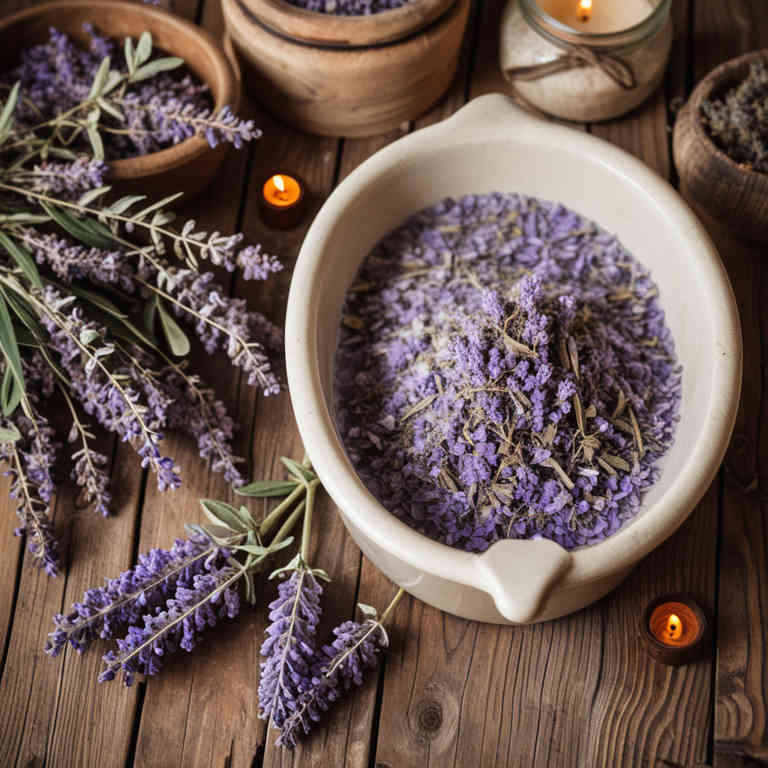
Vitex agnus-castus, commonly known as chaste tree, has been traditionally used in herbal medicine to support hormonal balance and alleviate symptoms of various conditions.
When incorporated into herbal baths, vitex may help reduce inflammation and swelling associated with edema by promoting circulation and lymphatic drainage. The essential oils and active compounds in vitex, such as aucubin and flavonoids, are believed to have anti-inflammatory and antioxidant properties that support overall skin health. Herbal baths with vitex can be a soothing and natural remedy for individuals experiencing localized or generalized edema.
However, it is important to consult with a healthcare provider before using vitex, especially for those with pre-existing medical conditions or taking medications.
9. Nymphaea alba
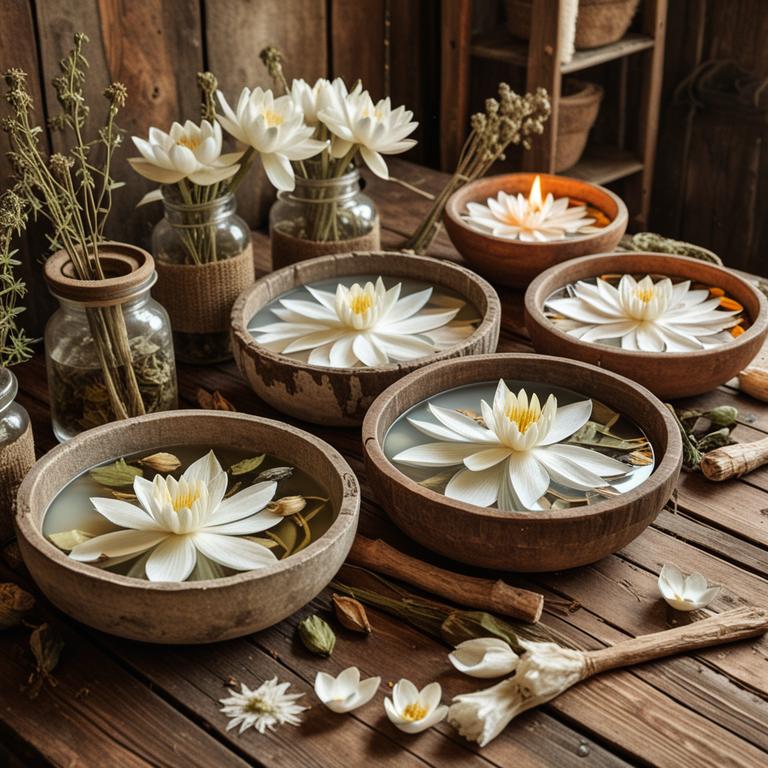
Nymphaea alba, commonly known as the white water lily, has been traditionally used in herbal baths to alleviate symptoms of edema due to its anti-inflammatory and diuretic properties.
The roots and leaves of this plant contain bioactive compounds such as alkaloids and flavonoids, which may help reduce swelling and fluid retention in the body. When prepared as a herbal bath, Nymphaea alba can promote circulation and ease discomfort associated with edema, particularly in the lower extremities. This natural remedy is often used in complementary therapies to support the body's natural detoxification processes.
However, it is important to consult with a healthcare professional before using it, especially for individuals with existing health conditions or those taking medications.
10. Symphytum officinale
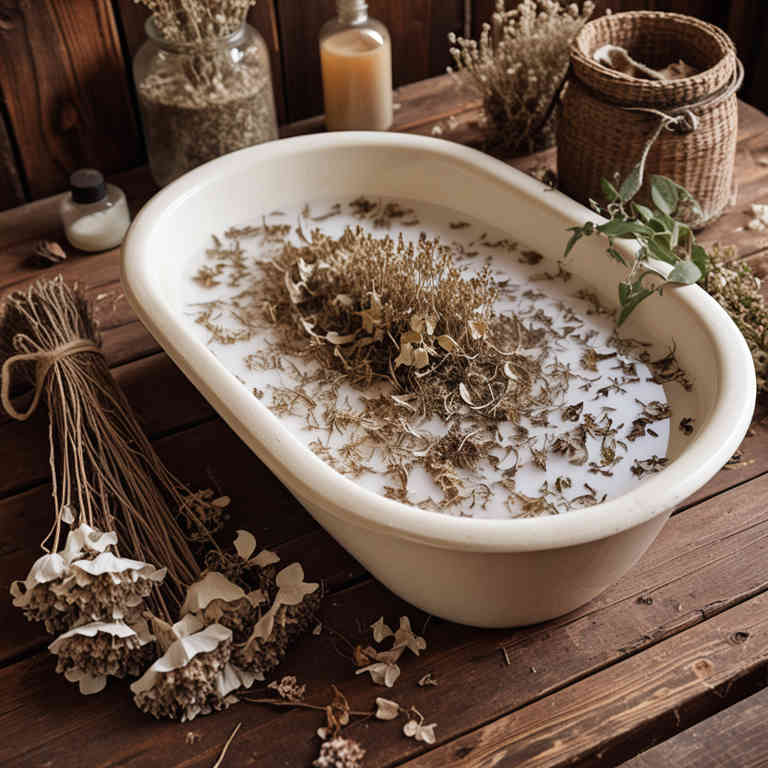
Symphytum officinale, commonly known as comfrey, has been traditionally used in herbal baths to alleviate symptoms of edema due to its anti-inflammatory and healing properties.
When used in a bath, the compounds in comfrey, such as allantoin and rosmarinic acid, can help reduce swelling and promote tissue repair. However, it is important to note that comfrey contains pyrrolizidine alkaloids, which may be toxic if ingested, so it should never be used internally and should be avoided by pregnant women and those with liver conditions. To prepare a safe herbal bath, a small amount of dried comfrey leaves can be steeped in hot water and then used to soak the affected area.
While some studies suggest potential benefits, more research is needed to fully understand its efficacy and safety for treating edema through topical application.